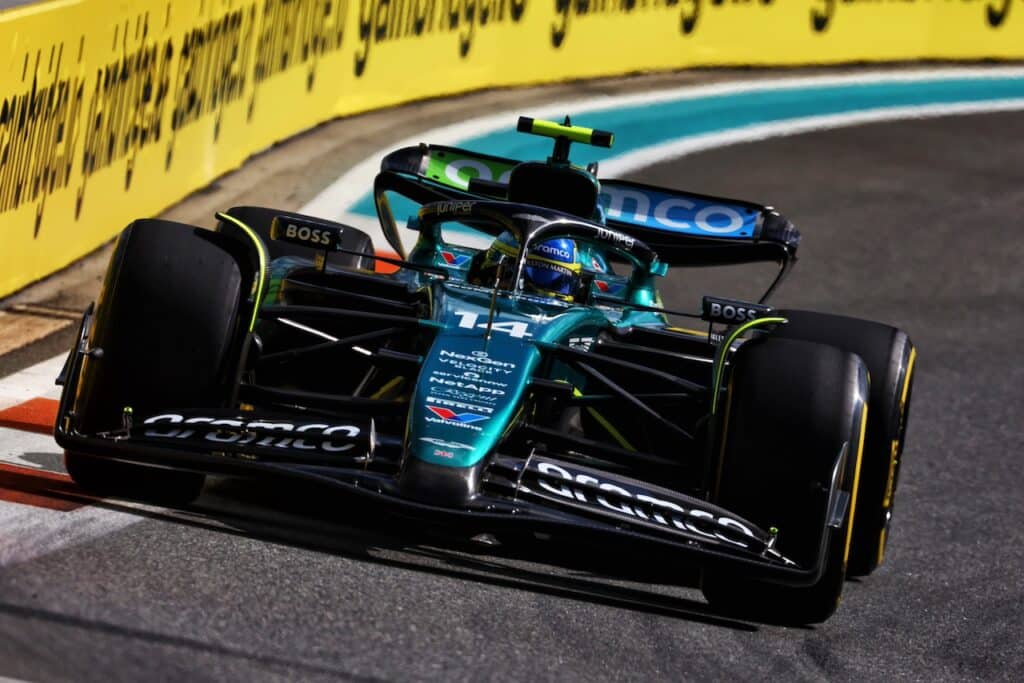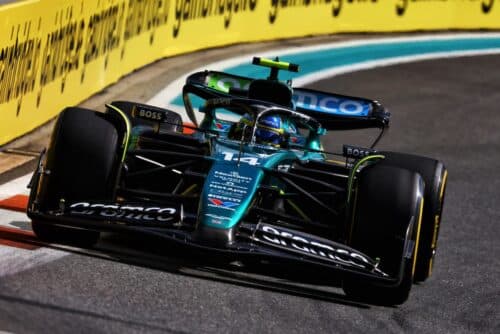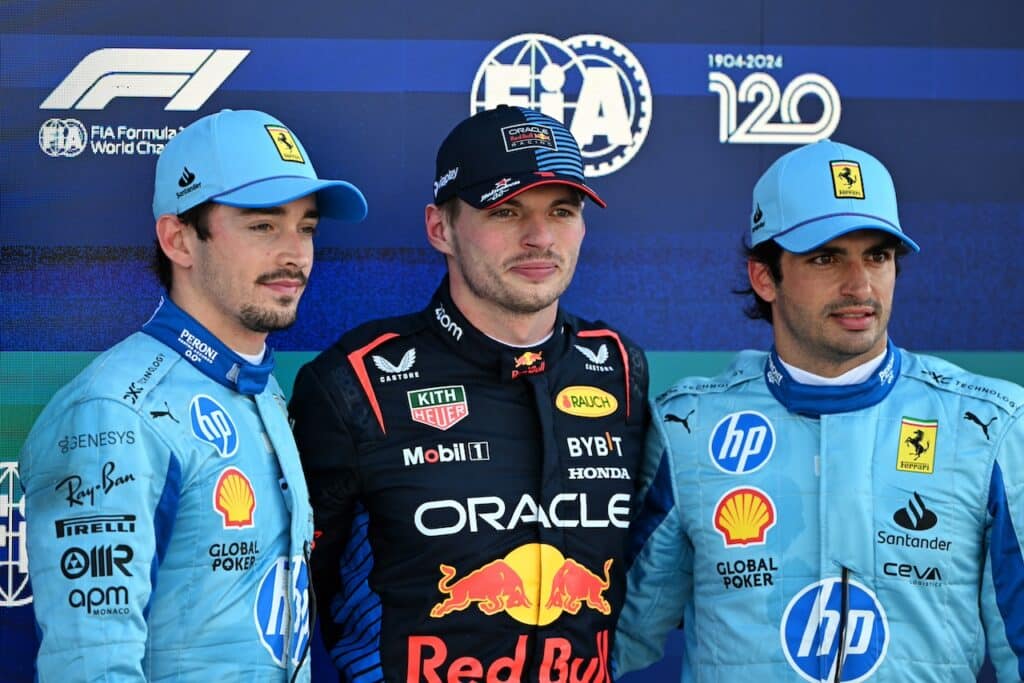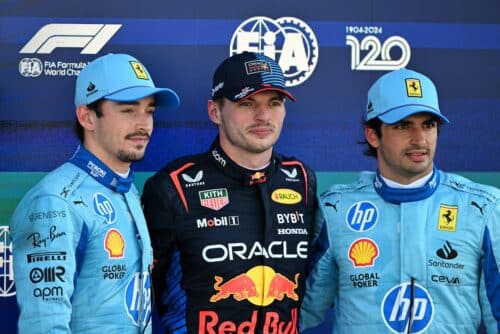Ronnie “Super Swede” Peterson 2/3

At Lotus, after having so narrowly missed the 1973 world championship with two drivers, expectations were very high. Now Ronnie Peterson was the driver to rely on, the ace to stake everything on. The project of the new car was also completed, the Lotus 76, heir to the victorious 72, which should have brought great glories to the team, as in the days of Jochen Rindt. Unfortunately car number 76 was not so lucky. The project turned out to be a disaster and the team's drivers chose to return to racing with the old 72, perhaps not quite up to date, but still fast and more drivable than the new model.
Peterson with the Lotus 72 managed to win a pole position at the first GP of the season and three other victories in that same year, precisely in Monte Carlo, in France and in Italy in Monza, one of the Swede's favorite tracks, closing the championship with 35 points world champion, in fifth place behind Niki Lauda of Ferrari.
1975 was no less disappointing for Peterson, who did not have a new car in his hands at the beginning of the season and had to compete again with the old Lotus 72, now completely outdated and unable to compete with the other cars. In fact, the Swedish driver's placing at the end of the season was a miserable twelfth place with only six points, thanks to two fifth places in Austria and the United States, and a fourth place at the Monaco GP. Ronnie, who was used to winning races, that year found himself leading a race on only one occasion and only for one lap.
The climate at Lotus was beginning to worsen: Ronnie did not receive the full payment agreed upon at the beginning of the season, and when Colin Chapman's new car proved to be a further failure, Peterson decided to leave the team after just the first GP of the 1976 season.
While the duel between Niki Lauda and James Hunt was taking place, Ronnie managed to find a seat at March, his old acquaintance, and to get a pole in Holland and win the Italian Grand Prix, but was unable to avoid a bad positioning at the end of the games. He finished eleventh in the drivers' standings with only 10 points, but brought the attention of many teams to him, and he chose to race for the 1977 year with Tyrrell, which would have shown for that year the legendary Tyrrell P34, the six-wheeled car.
Once again, however, the car was unable to compete with its competitors, and was often slow and difficult to drive. The Swede's rather reserved nature certainly didn't help improve the project either. In fact, many times rather than explaining to the mechanics what was wrong with the car, he preferred to adopt more direct countermeasures in his driving style on the track. Peterson was not a very good test driver for new cars. However, the best result of the season turned out to be a third place in Belgium, but the Swede also achieved a fifth place in Austria, and a sixth place in Italy, however at the end of the season he found himself again without a seat and sadly had to return to Lotus , also thanks to noble acquaintances. In 1977 Peterson never took the lead in a GP.
But unchallenged dominance was brewing at Lotus.
Keep it going…
Matteo Bramati.
if you want to always be updated on our news
Follow us here
![F1 | 70 years of Formula 1: the most beautiful images [VIDEO]](https://f1grandprix.motorionline.com/wp-content/uploads/2020/05/f1-70-anni-immagini.jpg)
![F1 | 70 years of Formula 1: the most beautiful images [VIDEO]](https://f1grandprix.motorionline.com/wp-content/uploads/2020/05/f1-70-anni-immagini-500x269.jpg)

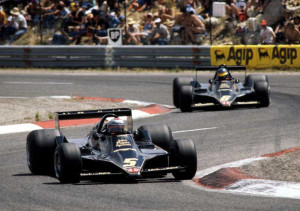
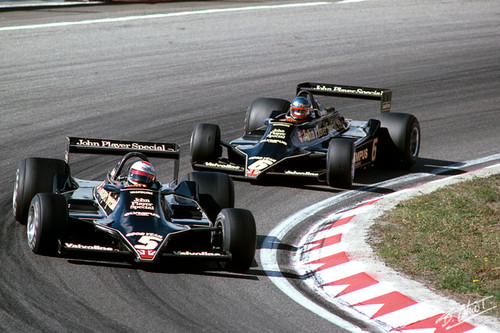
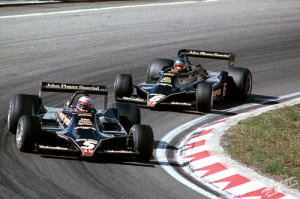



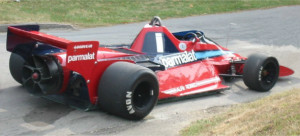
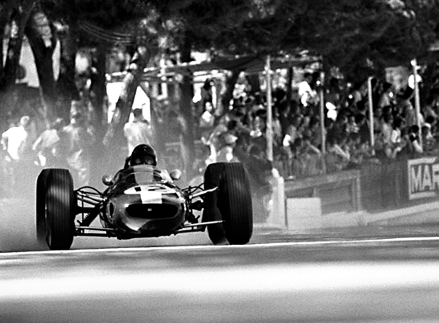
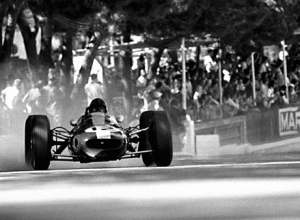
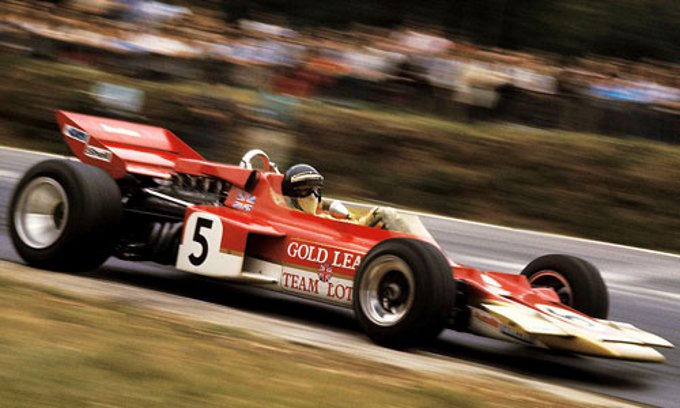
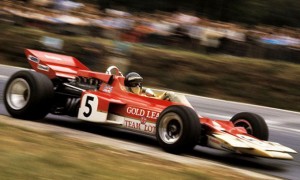
![DlRETTA F1 | GP Miami 2024: Live Race [LIVE TIMING AND COMMENTARY]](https://f1grandprix.motorionline.com/wp-content/uploads/2024/05/diretta-gp-miami-2024-1024x683.jpg)
![DlRETTA F1 | GP Miami 2024: Live Race [LIVE TIMING AND COMMENTARY]](https://f1grandprix.motorionline.com/wp-content/uploads/2024/05/diretta-gp-miami-2024-500x333.jpg)
